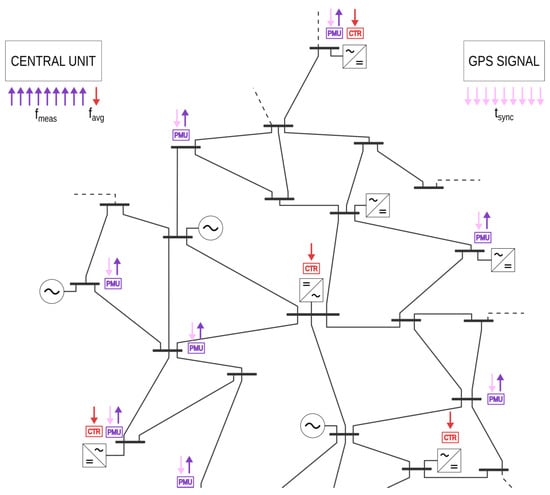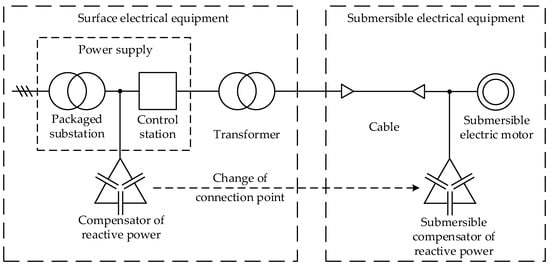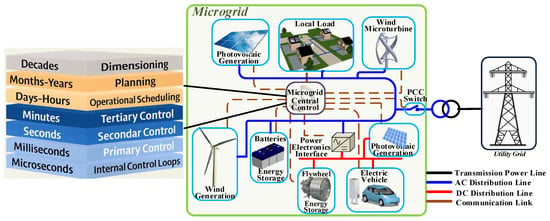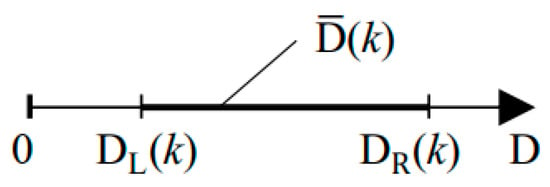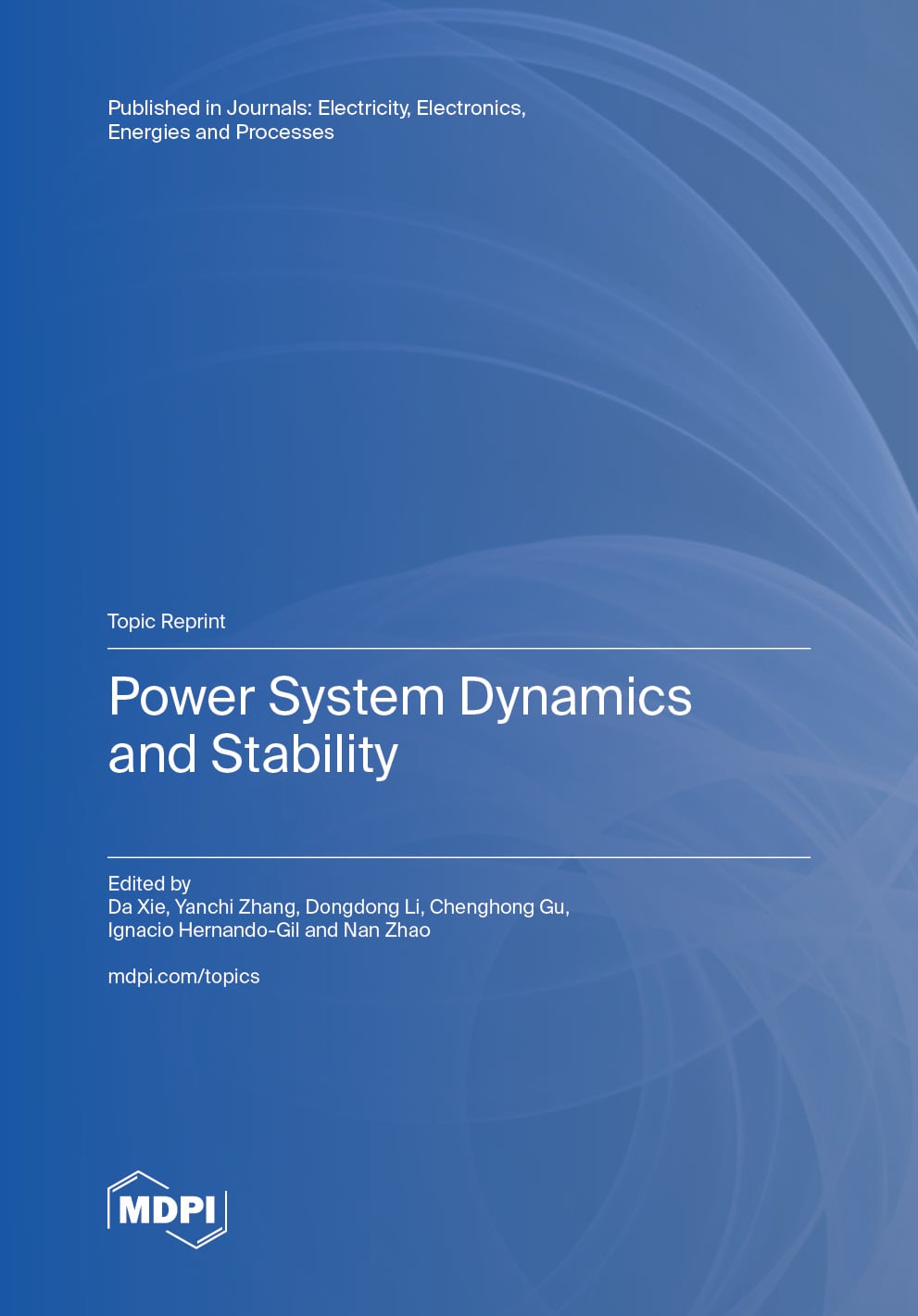- Article
Theoretical Characterization of Latencies in the Wide-Synchronization Control for Oscillations Damping
- Rossano Musca,
- Maria Luisa Di Silvestre and
- Liliana Mineo
- + 1 author
Wide-area damping controls, like the wide-synchronization control (WSC), are crucial for power system stability but are vulnerable to communication latencies. This article presents a comprehensive theoretical characterization of the impact of time delays on the WSC. The formal analysis derives mathematical models for both differential and common modes. Two distinct scenarios are investigated: a symmetric condition, where the WSC is applied to both coupled areas, and an asymmetric condition, where it is applied to only one area. A formal stability assessment is conducted to determine stability boundaries and critical delay-induced crossings into unstable regions. Key findings show that under symmetric conditions, the system remains stable for all delays, as latencies only affect the common mode. Conversely, the asymmetric condition introduces a coupling between modes, making the system susceptible to delay-induced instability, especially at high control gains. The work validates the theoretical findings through numerical experiments and evaluates the accuracy of various linear Padé approximant models for representing delays, highlighting how low-order models can fail to predict instabilities, requiring high-order approximants to guarantee adequate accuracy in the analysis.
15 December 2025


